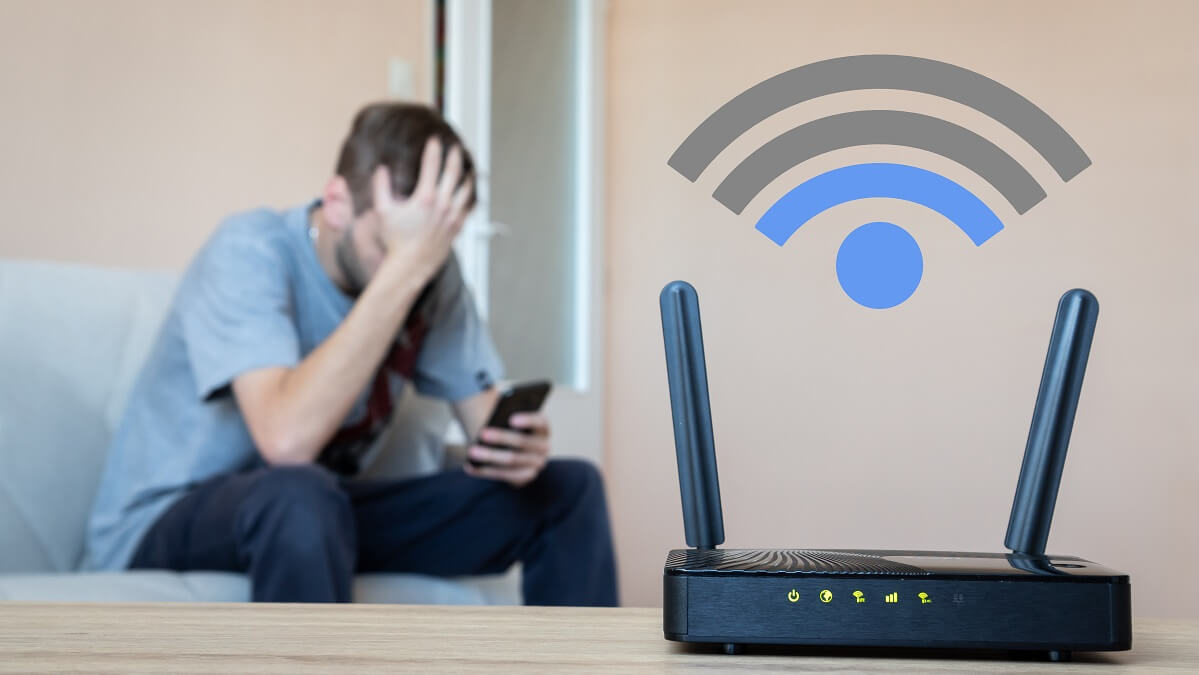A stable wifi connection is essential for more and more of our daily activities, from streaming movies to working from home. However, you might be experiencing frustrating slowdowns or dead zones in your home network without knowing why.
Surprisingly, the culprit might be hiding in plain sight. These are some common everyday items that could be interfering with your wifi signal, and how you can improve your connection.
Microwaves
Many microwaves operate on the same frequency band as some older wifi routers (2.4 GHz). When you’re heating up your favourite meal, your microwave could be disrupting your signal. To minimise interference, try relocating your router away from the kitchen or use a more modern dual-band router that operates on both 2.4 GHz and 5 GHz frequencies.
Popular plans right now
Cordless phones
Older cordless phones, especially those using 2.4 GHz frequency, can also clash with your wifi. Consider upgrading to phones that use a different frequency or switch to smartphones if possible to maintain a stable connection.
Bluetooth devices
Some Bluetooth devices, such as speakers, headphones, and smart home gadgets, share the 2.4 GHz band with wifi. While newer wifi standards have mechanisms to handle such interferences, it’s still a good idea to keep your Bluetooth devices updated and limit their use if you’re experiencing wifi issues.
Thick walls and large furniture
Wifi signals struggle to penetrate through thick walls, floors, and large furniture items. Consider repositioning your router to a central location in your home, and above most of your furniture.
Additionally, you can invest in wifi extenders or mesh systems to boost your signal and eliminate dead zones.
Metal objects
Metal objects, including mirrors, file cabinets, and metal studs in walls, can reflect and absorb wifi signals. Try to keep your router away from these obstacles to prevent signal interference.
Other electronics
Various electronic devices, such as televisions and fluorescent lights, can emit electromagnetic interference, disrupting your wifi signal. To minimise this interference, place your router away from such devices and use shielded cables if possible.
Neighbour’s wifi networks
If you live in an apartment building or even just a densely populated area, multiple wifi networks might be overlapping and causing interference. To solve this problem, log in to your router’s settings and change the channel to a less congested one. You can also consider using the 5 GHz band, which is typically less crowded than the 2.4 GHz band.
Understanding the potential sources of wifi interference in your home can significantly improve your internet experience.
By making simple adjustments and being mindful of the placement of your router and electronic devices, you can enjoy a more stable and faster wifi connection.
What’s the wifi reception like at your place? Do you think any of these tips might help? Let us know in the comments section below.
Also read: Guide to buying antivirus software

